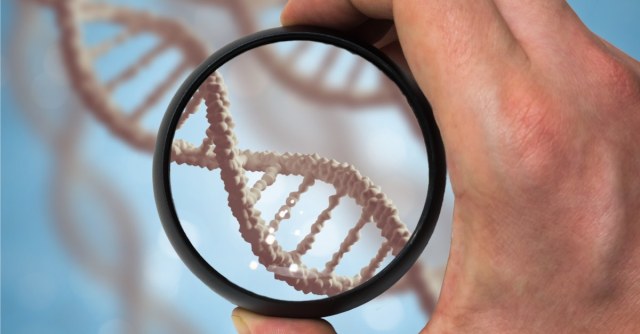California police on Tuesday arrested a 72-year-old man accused of committing more than 50 rapes, 12 murders and more than 120 burglaries across the state over the 70s and 80s: old cases that they believe they’ve finally cracked with new technology, in the form of online genealogy databases.
The suspect, arrested on six counts of first-degree murder, is Sacramento resident Joseph James DeAngelo, a former police officer and retired mechanic who lives in a cul-de-sac not far from the scene of the first murder.
Anne Marie Schubert, the Sacramento district attorney, said during a press conference that investigators surveilled DeAngelo and managed to collect samples of what she called his “abandoned” DNA:
You leave your DNA in a place that is a public domain.
She didn’t elaborate on how DeAngelo left his DNA behind. It could have been saliva left on a restaurant dish or on a discarded beer can, cigarette or tissue, the Mercury News suggested.
Investigators had collected and stored DNA samples from the crime scenes over the years. They ran the genetic profile through an online genealogy database and found it matched with what turned out to be distant relatives—third and fourth cousins—of whoever left their DNA at the crime scenes. In fact, it matched with DNA left at 10 crime scenes.
However they got DeAngelo’s “abandoned” DNA, investigators then compared it with the crime scene samples—twice.
According to the New York Times, the online genealogy database GEDmatch said in a statement on Friday that it’s aware that its database was the one used to crack the case.
The case poses privacy questions. Namely, we don’t have to spit into a tube and submit it to a genealogy database to have it made public. Because we share much of our DNA with relatives, all it takes is one of them to submit their DNA, thus making much of our own genetic information available to the police without our knowledge or consent.
On average, we share 50% of our single nucleotide polymorphisms (SNPs) — that’s what forms our genetic fingerprint — with a sibling, 25% with a half sibling, 12.5% with a first cousin and 3.1% with a second cousin.
The Mercury News quoted Andrea Roth, assistant professor of law at UC Berkeley Boalt School of Law and an expert on the use of forensic science in criminal trials:
When you put your information into a database voluntarily, and law enforcement has access to it, you may be unwittingly exposing your relatives — some you know, some you don’t know — to scrutiny by law enforcement. Even though they may have done nothing wrong.
The Mercury News describes GEDmatch as a “no-frills,” open-source version of sites such as 23andMe and AncestryDNA, which extract genetic profiles from saliva that customers send in a tube by mail. GEDmatch doesn’t extract DNA samples, but it does enable users to voluntarily share their genetic profiles for free.
Anybody can access the 900,000 DNA profiles on GEDmatch’s public database, which is built up by users submitting the DNA files they get from commercial DNA testing companies such as 23andme.
That means that investigators didn’t need a warrant to search for matches on DeAngelo’s DNA.
In fact, GEDmatch operator Curtis Rogers said in his statement that the company was unaware that investigators were using the site to search for the Golden State Killer:
We understand that the GEDmatch database was used to help identify the Golden State Killer. Although we were not approached by law enforcement or anyone else about this case or about the DNA, it has always been GEDmatch’s policy to inform users that the database could be used for other uses, as set forth in the Site Policy … While the database was created for genealogical research, it is important that GEDmatch participants understand the possible uses of their DNA, including identification of relatives that have committed crimes or were victims of crimes.
The statement said that those who are concerned about non-genealogical uses of their DNA shouldn’t upload it to the database, “and/or you should remove DNA that has already been uploaded.”
Getting a match with the database’s records helped investigators to first locate distant relatives of DeAngelo—third and fourth cousins. The DNA matches eventually led to DeAngelo himself. Steve Grippi, the assistant chief in the Sacramento district attorney’s office:
We found a person that was the right age and lived in this area — and that was Mr. DeAngelo.
Investigators say that DeAngelo’s DNA matches more than 10 of the California murders. The serial killer and serial murder was known as the Golden State Killer. He was also referred to as the East Area Rapist, the Original Night Stalker, the Diamond Knot Killer and the Visalia Ransacker. The killer was known for being sadistic: he started by attacking single women and then progressed to attacking and murdering couples, repeatedly raping the women over the course of hours as their partners witnessed it, tied up, nearby, and bludgeoning the women and their partners to death with objects including firewood or pipes.
Investigators who’ve spent years working on the case are, understandably, “ecstatic” at the sudden breakthrough, as the Times puts it.
DeAngelo was due to appear in court on Friday.

